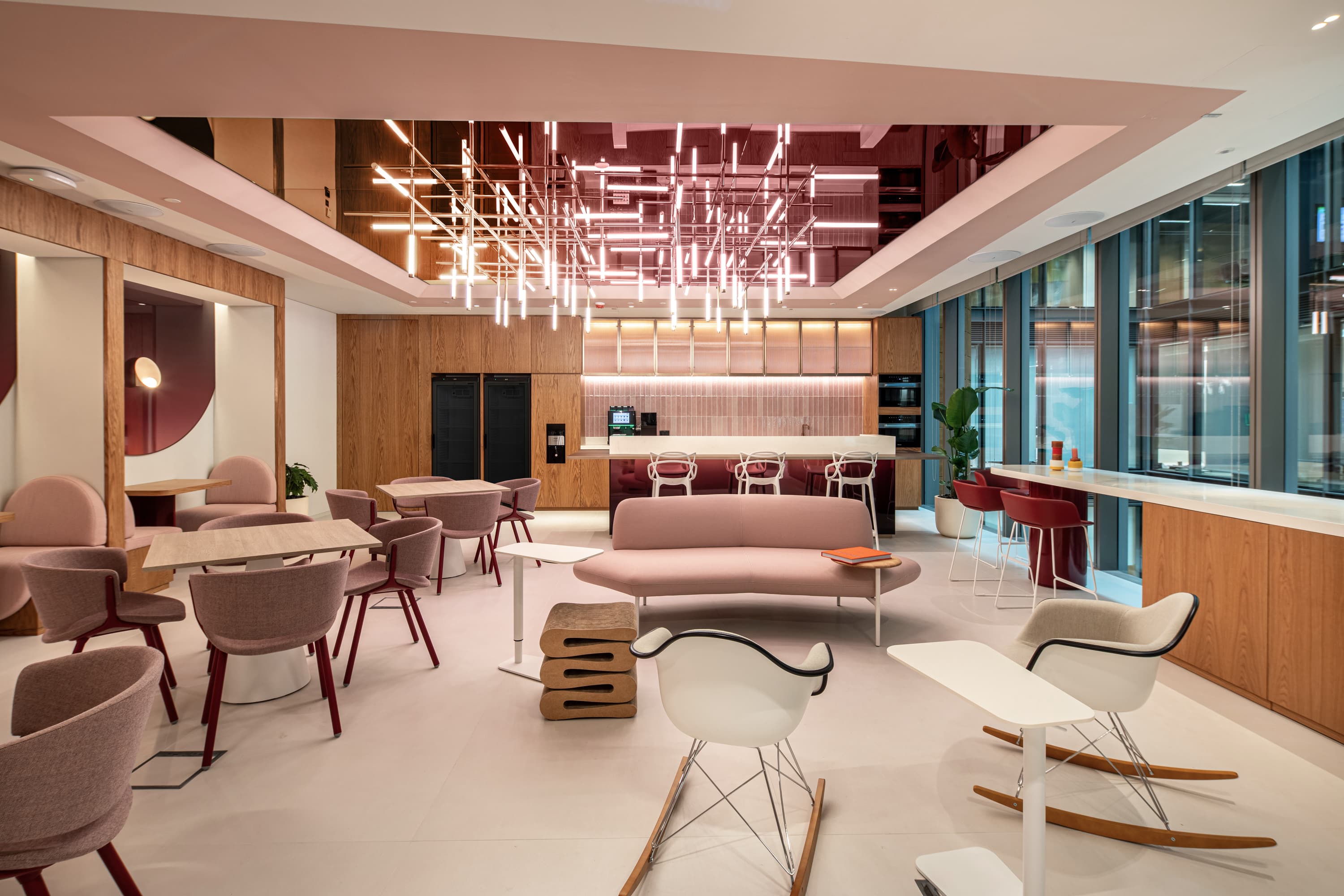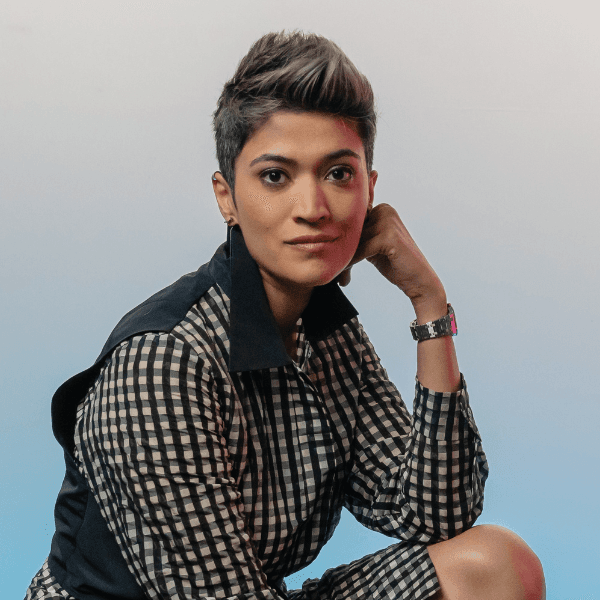Workplace design is at an exciting crossroads. As awareness of neurodiversity—differences in how people think, learn, and perceive the world—grows, there’s a shift towards creating environments that accommodate a wider variety of sensory and cognitive needs. With projections showing that by the end of this year, one in three boys and one in four girls will identify as neurodivergent, designing inclusive workplaces is no longer optional; it’s essential.
Traditionally, offices have been built around rigid standards, focusing heavily on productivity metrics rather than comfort and well-being. But the concept of neurodiversity is challenging this norm. It’s pushing designers to think differently—not just about spaces for those diagnosed with conditions like ADHD, autism, or dyslexia—but for everyone. After all, everyone’s brain works uniquely, and a workspace designed thoughtfully for diverse needs naturally benefits all employees.
One major area of change is sensory design. Many office spaces today, with their uniform lighting and open layouts, unintentionally create stressful environments. Noise distractions alone are cited by two-thirds of employees as their biggest workplace challenge. Neurodivergent individuals are especially sensitive to these stressors, leading to lower productivity and higher burnout rates.
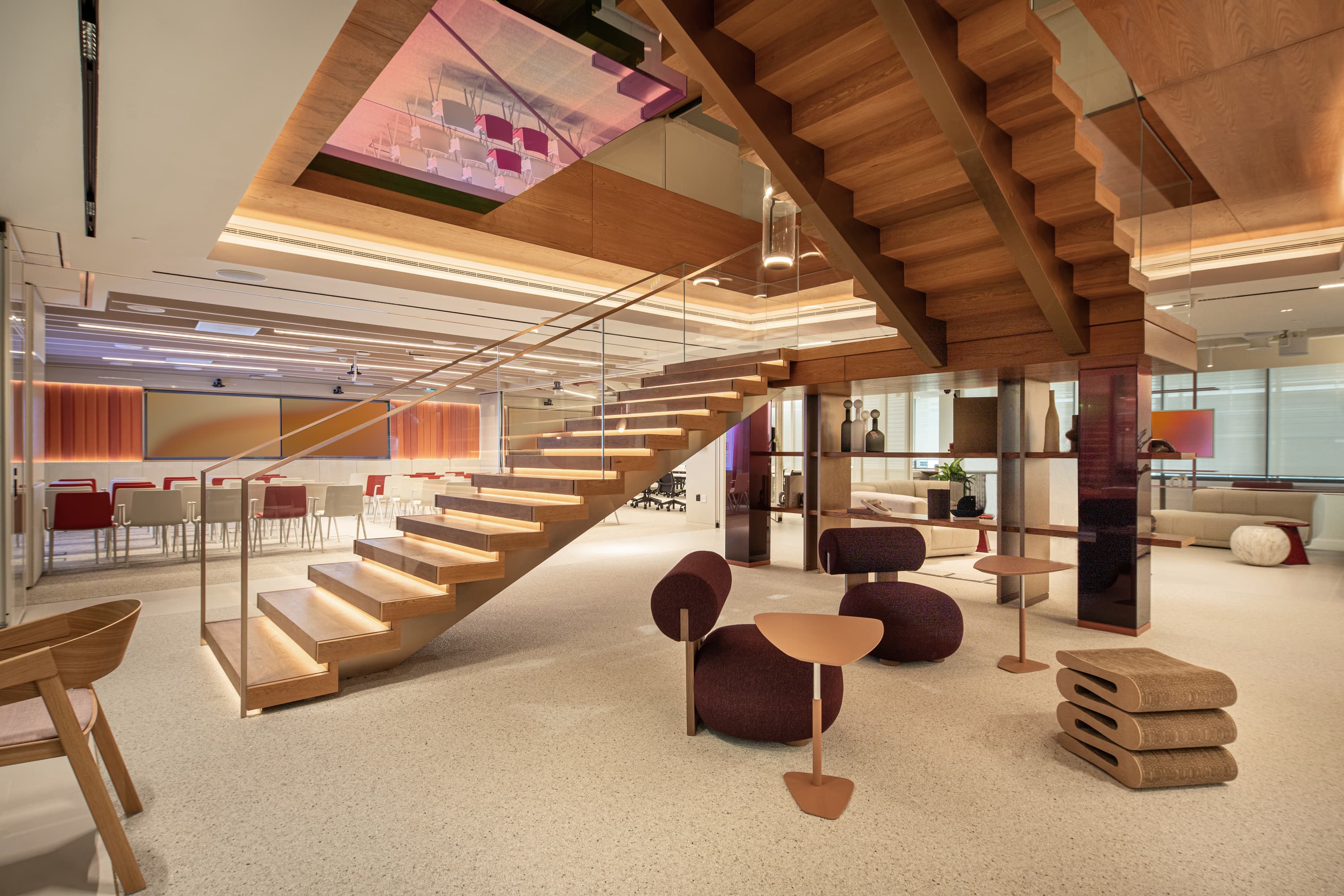
Lighting design is another powerful yet overlooked element. Harsh artificial lights disrupt natural circadian rhythms, contributing to headaches, anxiety, and tiredness. A better approach involves using lighting that mirrors natural daylight patterns—softer and warmer in the mornings and evenings, brighter and cooler during midday. This simple adjustment helps everyone stay energized, focused, and balanced throughout the workday.
When people hear “biophilic design,” they often think of plants. But it’s actually about much more: bringing nature’s calming influence into the office through textures, sounds, and visual elements. Adding varied textures like wooden surfaces or cozy textiles, or gentle natural sounds like water features, creates a calming atmosphere. Office pet, anyone?
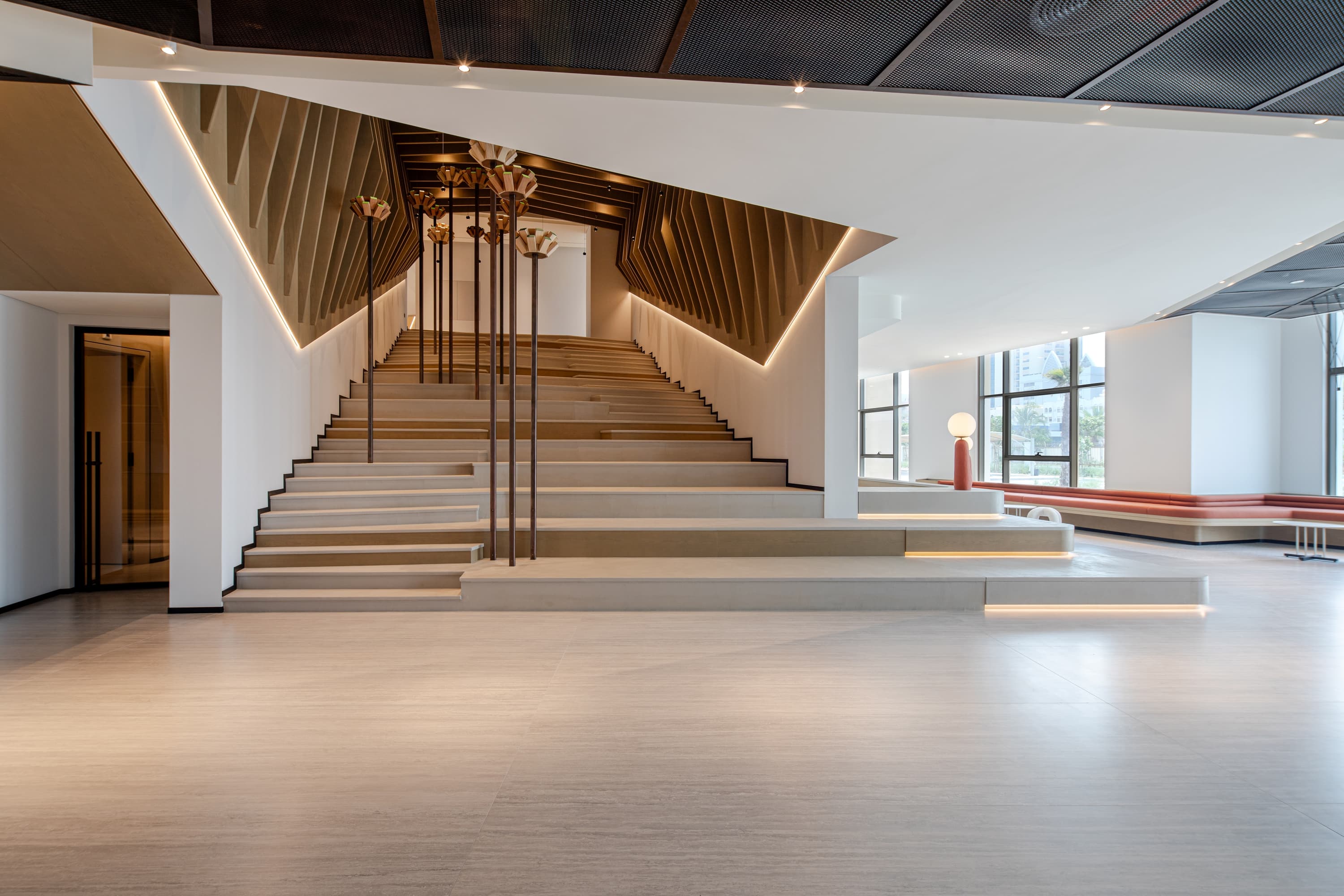
Effective wayfinding—how people intuitively navigate a space—is another key consideration. Rather than relying on overwhelming signs or digital directions, workplaces can integrate subtle cues like color changes, different textures, or clever lighting that serve as placemaking tools. This reduces anxiety and confusion around navigation making it more intuitive for everyone.
Another important concept emerging is embodiment—modern office culture tends to overemphasize mental output while ignoring the body. But research shows that encouraging movement throughout the day improves attention, emotional regulation, and overall well-being. Introducing sit-stand desks, balance stools, and even active breakout zones gives employees freedom to work in ways that suit their bodies—and their brains.
Mindfulness rooms or wellness pods can also serve as restorative spaces for focus and emotional regulation—critical for those who may be more sensitive to stress or overstimulation.
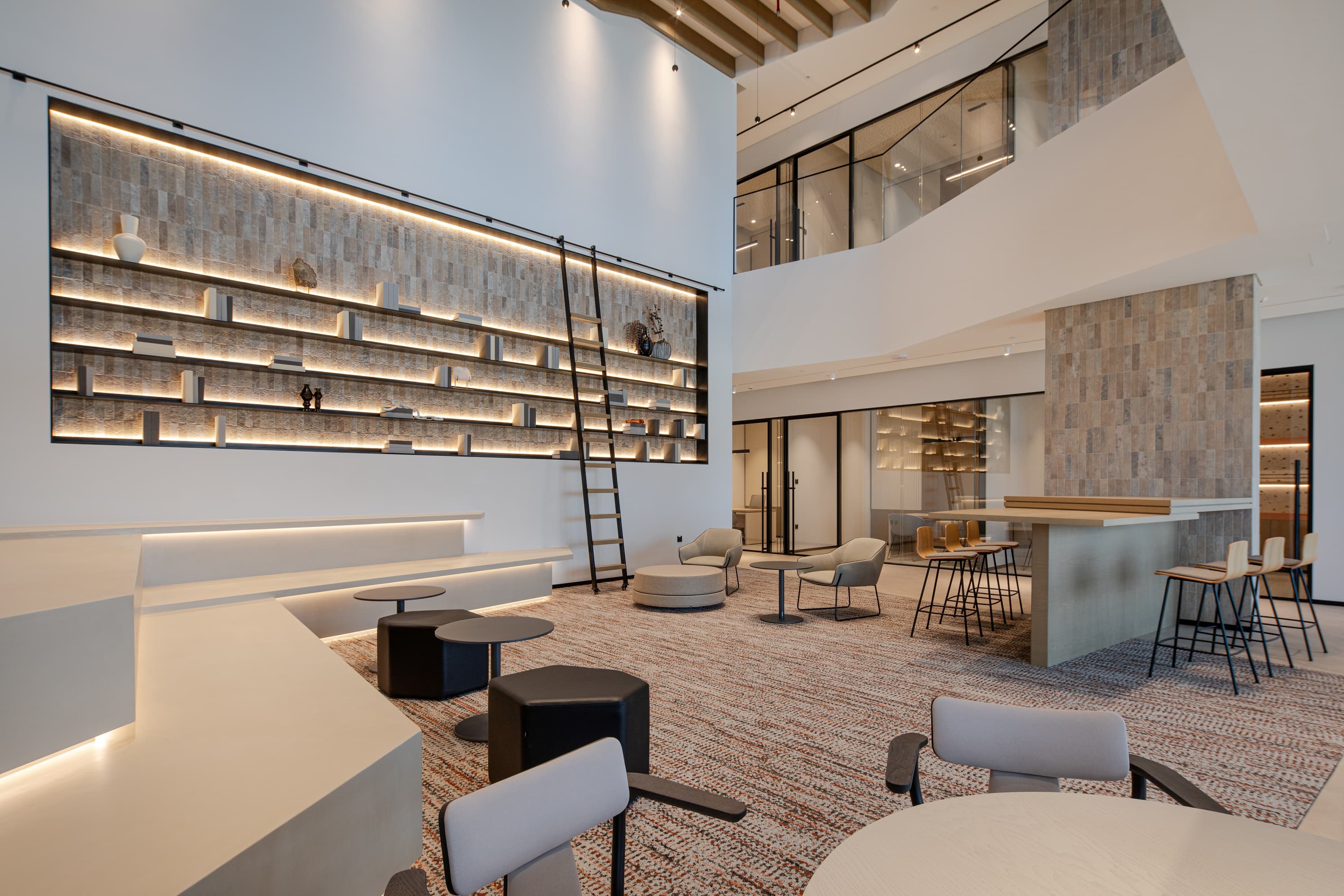
Designing for neurodiversity isn’t about creating separate solutions for specific individuals—it’s about designing spaces that are adaptable, flexible, and inclusive by default. When designers and suppliers consider sensory sensitivities, autonomy, and natural rhythms, they don’t just support neurodivergent employees—they build environments where everyone can thrive.
As the demand for inclusive design grows, workplace creators have an opportunity—and responsibility—to lead. By embedding empathy and evidence into every product and plan, we can transform the workplace from a one-size-fits-all model into a space that embraces the full spectrum of human experience.
